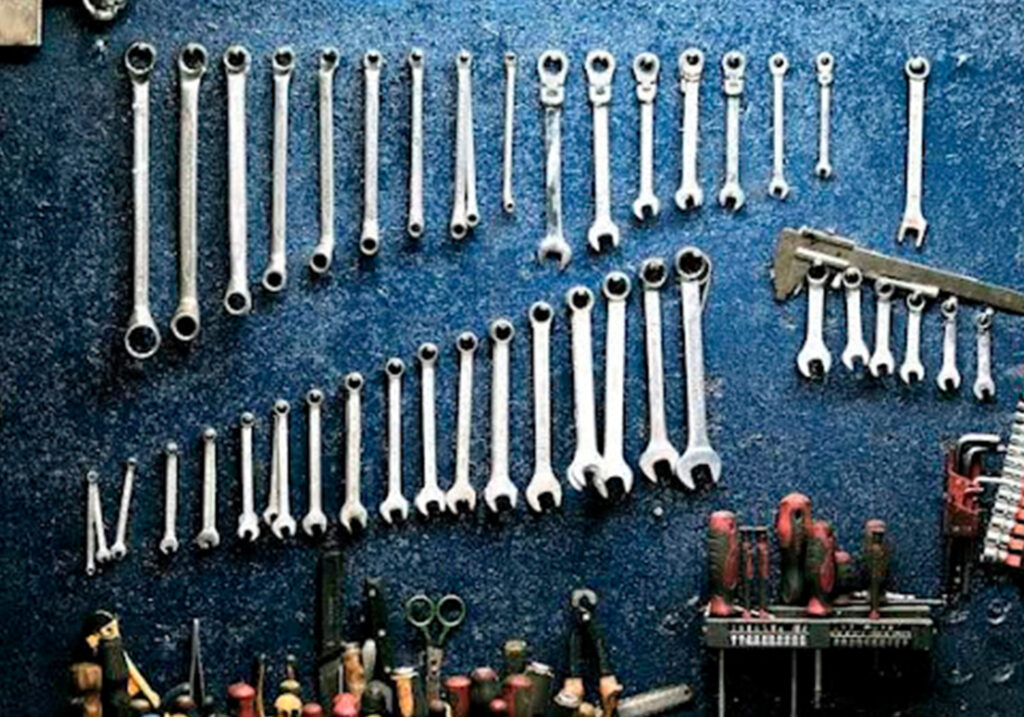Gone are the days when a garage meant it was a place to park your car. Home designs have evolved, and so has the ever-reliable garage. That is why it is essential to add some features to your garage to make it more functional.
When it comes to building a metal garage, whether for storing your car, motorbike, tools, or as a workshop, it is important to ensure that the space meets your needs for security, convenience, and functionality.
A well-designed metal garage offers numerous advantages, from durability to cost-effectiveness, but the key to making your garage the ultimate storage or workspace lies in including the right features.
Here, we will cover five must-have features that will elevate your metal garage into a space that is not only practical but also efficient, safe, and comfortable.
1. High-Quality Materials for Durability and Strength
The foundation of any great metal garage is the materials used to build it. A metal garage, by definition, offers greater durability compared to wooden structures, and it’s crucial to choose the right materials to ensure that your garage withstands the test of time and the elements. The use of galvanized steel or high-grade metal for the frame, roof, and walls provides strength and longevity that can last for decades with proper maintenance.
Why High-Quality Materials Matter
Metal garages are exposed to a variety of weather conditions, including rain, snow, extreme heat, and high winds, all of which can cause damage over time. For this reason, it’s critical to choose high-quality materials that can withstand these elements and continue to provide reliable protection for your belongings. Steel is often the material of choice for metal garages due to its remarkable strength and resilience. Unlike wood or other materials, steel doesn’t warp, crack, or decay, making it an ideal option for structures that need to endure harsh conditions year-round. Steel is also inherently resistant to pests, such as termites, which can compromise the integrity of other building materials. Investing in high-quality steel ensures that your garage will maintain its strength and function in the face of the elements, reducing the need for frequent repairs or replacements.
In addition to its physical durability, the right coatings on steel, such as zinc or galvanization, provide an added layer of protection against corrosion and rust. Metal garages are particularly susceptible to rust due to constant exposure to moisture from rain, snow, or humidity. Without protective coatings, the metal can begin to degrade, compromising the structural integrity of your garage. Galvanized steel, for instance, is coated with a layer of zinc that prevents rust from forming by acting as a barrier between the metal and environmental elements. This can greatly extend the lifespan of your garage and help maintain its appearance, keeping it looking fresh and sturdy for years to come.
Another important reason to prioritize high-quality materials is the security they provide. A well-built metal garage offers a higher level of protection for your vehicles, tools, and other stored items. Durable materials such as steel create a formidable barrier that is difficult for intruders to breach, offering peace of mind knowing that your possessions are safe. Additionally, high-quality materials can help prevent damage from severe weather events, like hailstorms or heavy winds, which can cause significant harm to less durable structures. Whether you are storing valuable vehicles or sensitive equipment, choosing top-tier materials ensures that your garage can stand up to the elements and keep your belongings secure from both natural and human threats.
2. Proper Ventilation for Airflow and Climate Control
Ventilation is a must-have feature when it comes to creating a comfortable and safe environment within your metal garage. Without proper airflow, garages can easily become stuffy and excessively hot in the summer, or cold and damp in the winter. Inadequate ventilation can also lead to condensation buildup, which can cause rusting of tools and vehicles, and can even foster mold and mildew growth. It’s essential to plan your ventilation system carefully to balance air circulation with temperature control.
How to Achieve Proper Ventilation
There are several ways to improve ventilation in your metal garage. Installing ridge vents along the roof is one popular method, as it allows warm air to escape and cool air to enter from lower parts of the structure. Gable vents on the walls can also help with airflow and reduce humidity inside the garage.
Another important consideration is the inclusion of exhaust fans or intake vents if you plan to use your garage for more than storage, such as for a workshop or for automotive repairs. These systems help expel fumes, dust, and gases from chemical use or vehicle exhaust. If you live in an area with extreme temperatures, integrating ceiling or wall fans can help with airflow in warmer months, while adding insulation and heating elements can make your garage comfortable year-round.
3. Ample Lighting for Visibility and Functionality
A well-lit garage is essential for both safety and efficiency. Whether you’re storing vehicles, completing DIY projects, or using your space as a workspace, you need to be able to see clearly. Inadequate lighting can cause accidents, hinder your ability to find tools or parts, and make tasks more difficult than necessary.
How to Maximize Lighting in Your Metal Garage
One of the best ways to ensure a well-lit garage is by installing overhead lighting. LED lights are an energy-efficient choice that provides bright, clear illumination. You can add fluorescent lights or install task lighting for specific areas of the garage, such as workbenches or tool stations. For larger garages, you may want to install multiple light fixtures to ensure uniform brightness across the space.
Natural light is also a valuable feature for your metal garage. Installing windows or skylights not only brightens the space but also helps reduce energy consumption by decreasing the need for artificial lighting during daylight hours. Skylights are especially useful for bringing natural light into the garage while maintaining privacy and security.
Moreover, incorporating motion-sensor lighting at entry points, such as garage doors and side doors, adds convenience and security by automatically illuminating the space when you approach.
4. Secure Storage Solutions
A functional metal garage must provide secure and organized storage for your items, whether it’s a car, lawn equipment, tools, or sporting goods. Without proper storage solutions, your garage can quickly become cluttered and disorganized, making it difficult to find things and increasing the risk of damage or loss.
Designing Smart Storage Options
Custom storage options can help maximize the available space in your garage. Wall-mounted shelving, cabinets, and pegboards provide organized storage for tools and equipment, keeping them off the floor and easily accessible. You can also install overhead storage racks for seasonal items, such as holiday decorations, or for lighter tools that are used less frequently.
Additionally, if you have a lot of small items, such as screws, nails, and nuts, consider adding a small storage system with labeled bins or drawers. This system helps to reduce clutter and ensures that you can find what you need quickly.
For larger items like bikes, kayaks, or lawnmowers, consider installing a wall-mounted or ceiling-mounted rack or pulley system to maximize space. This storage system keeps bulky items off the floor, leaving more room for vehicles or workspace.
5. Durable and Easy-to-Operate Doors
The doors of your metal garage are essential for both access and security. Whether you’re parking your car, storing tools, or using the garage as a workspace, the doors need to open and close smoothly and securely. A well-functioning door also plays a significant role in regulating the internal temperature and preventing moisture buildup.
Choosing the Right Doors for Your Garage
The most common types of garage doors for metal garages are roll-up doors, sectional doors, and swing-out doors. Each option has its advantages, depending on your needs and the layout of your garage. Roll-up doors are ideal for those looking for a space-saving solution, as they don’t require extra clearance above or to the sides. Sectional doors are often preferred for larger garages and offer a more traditional look. Swing-out doors are suitable for smaller garages and provide a charming, rustic appeal.
In addition to the type of door, the material and insulation of the door are crucial for maintaining temperature control. Insulated garage doors help prevent heat loss in the winter and keep the interior cool in the summer, making your garage a more comfortable environment to work in.
For added convenience, consider installing an automatic garage door opener. These systems allow for easy access without the need to manually open or close the door. Remote-controlled openers are also an option, so you can open and close the garage door from the comfort of your car or even from your smartphone.
Conclusion
The ultimate metal garage is more than just a shelter for your car or a place to store tools, it is a versatile, well-organized space that offers durability, functionality, and convenience. To design the best metal garage, it’s important to focus on features that enhance its efficiency, comfort, and safety. Investing in high-quality materials, proper ventilation, ample lighting, secure storage solutions, and durable doors will transform your garage into a space that works as hard as you do.

